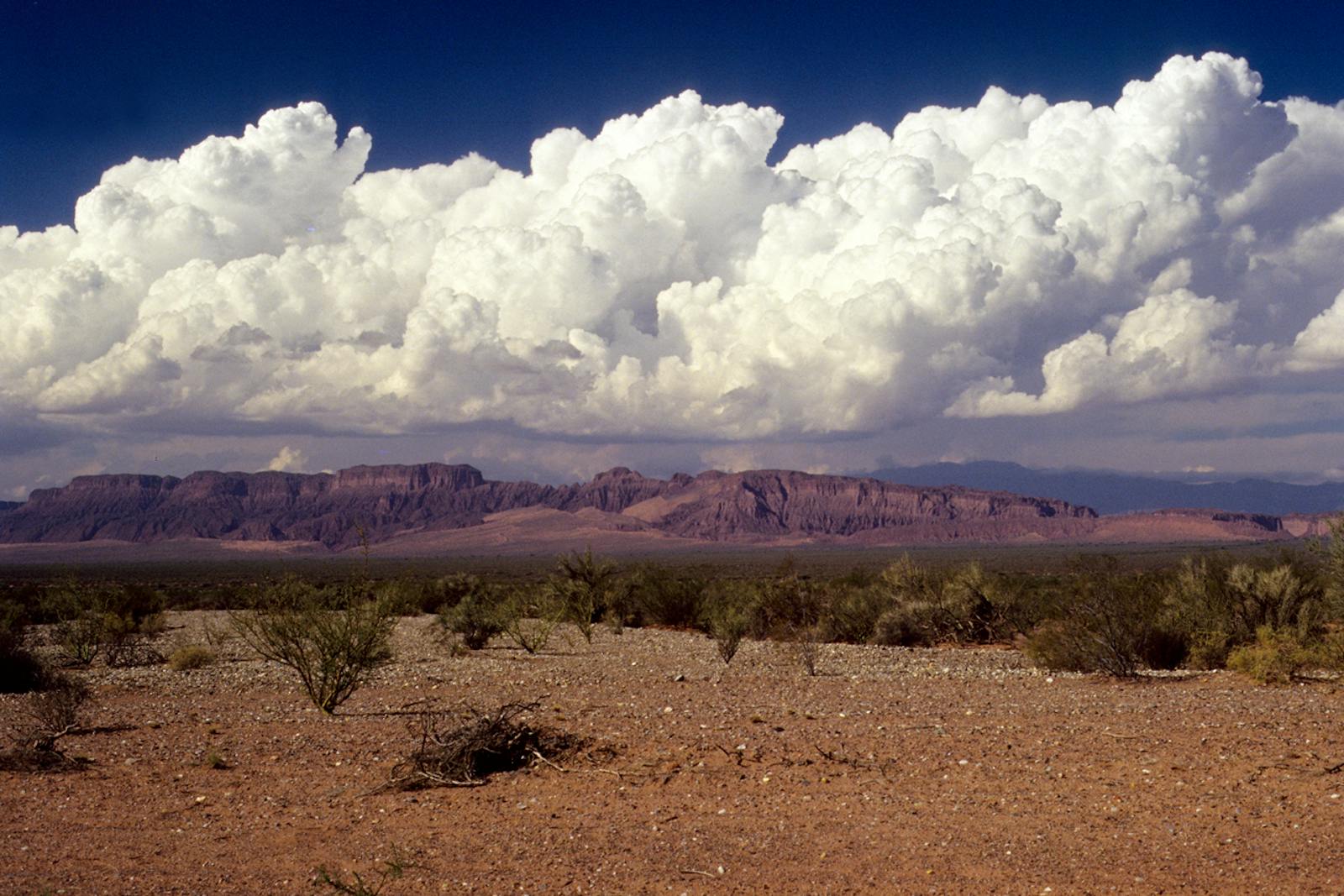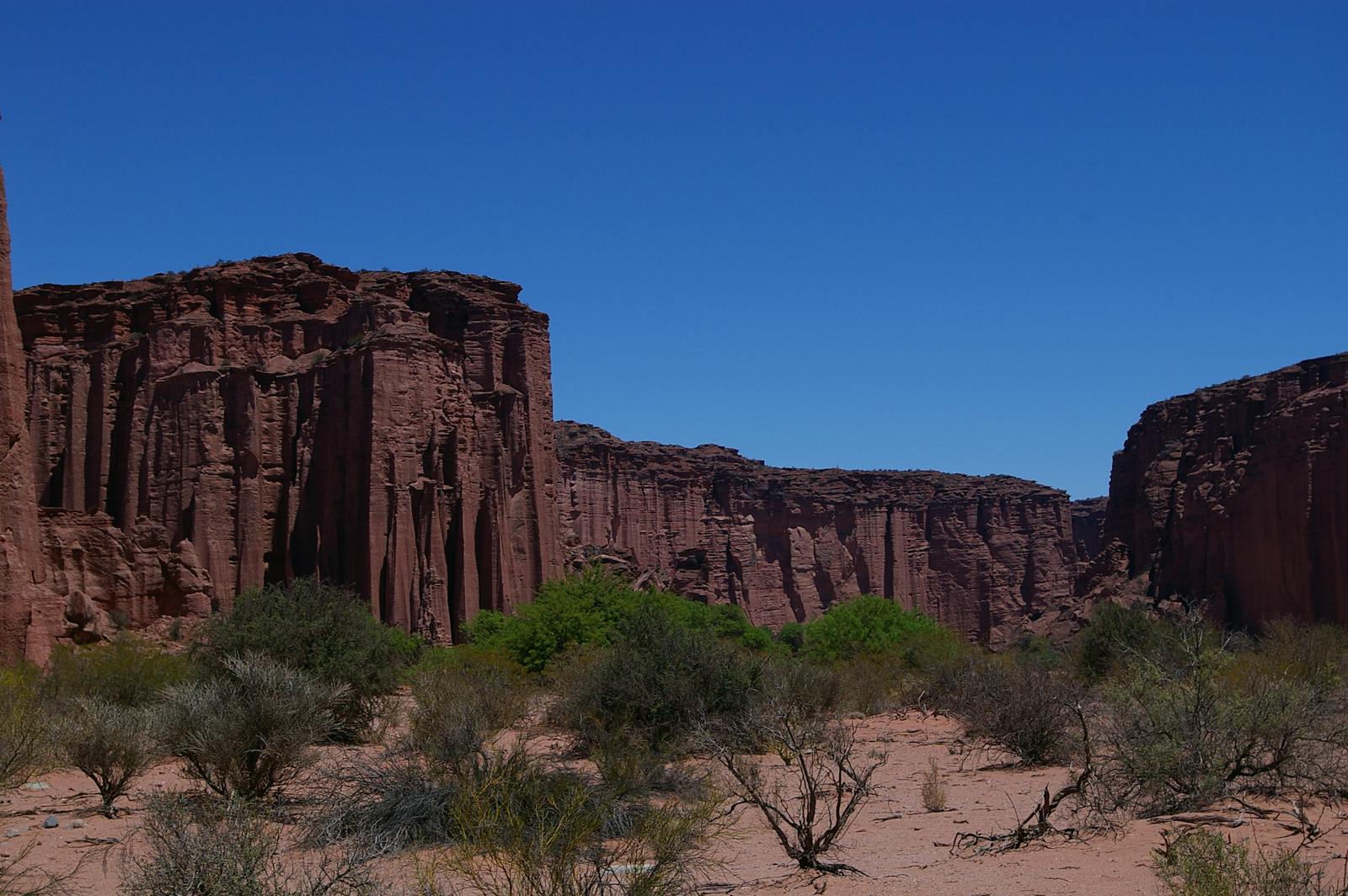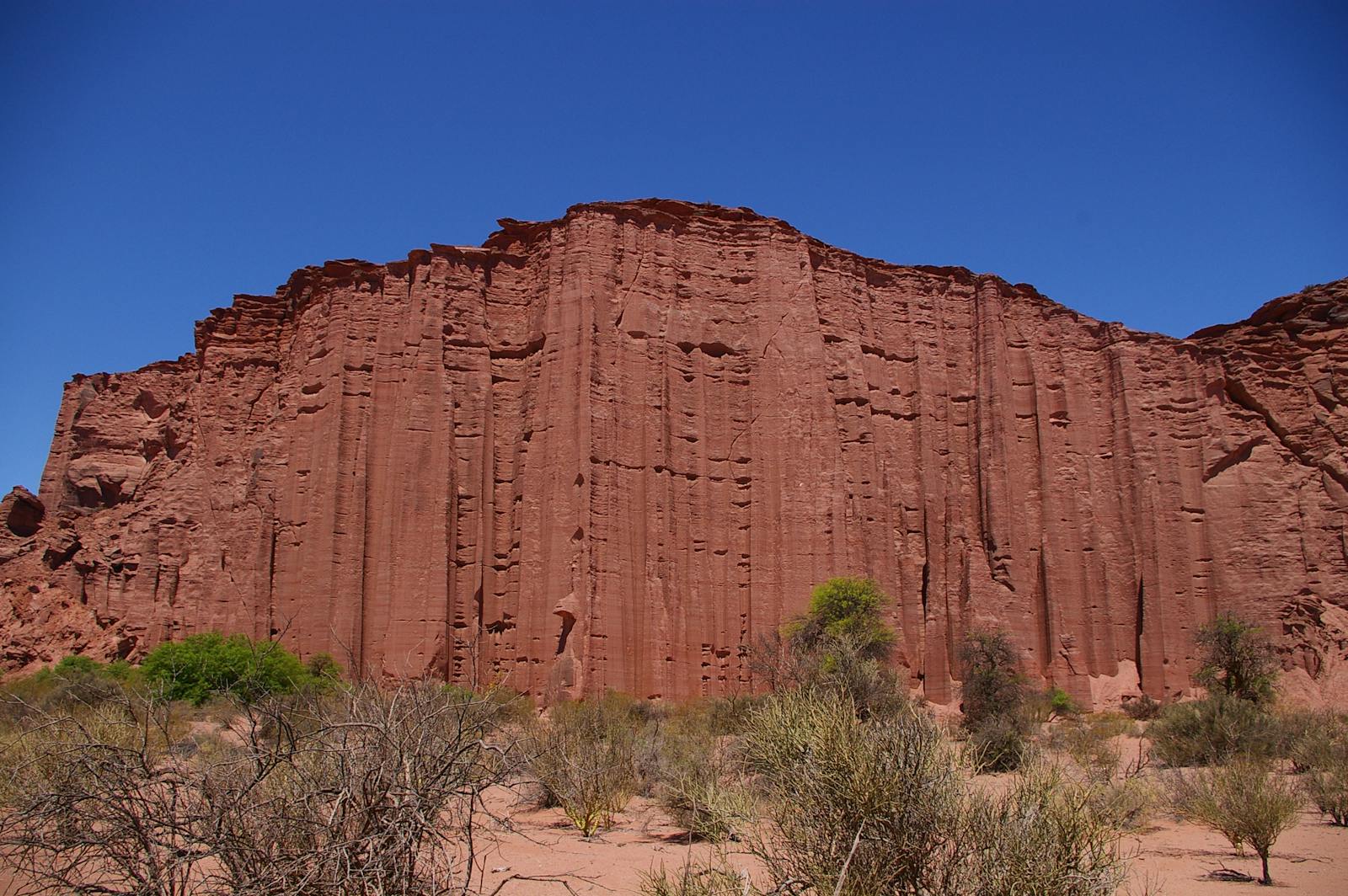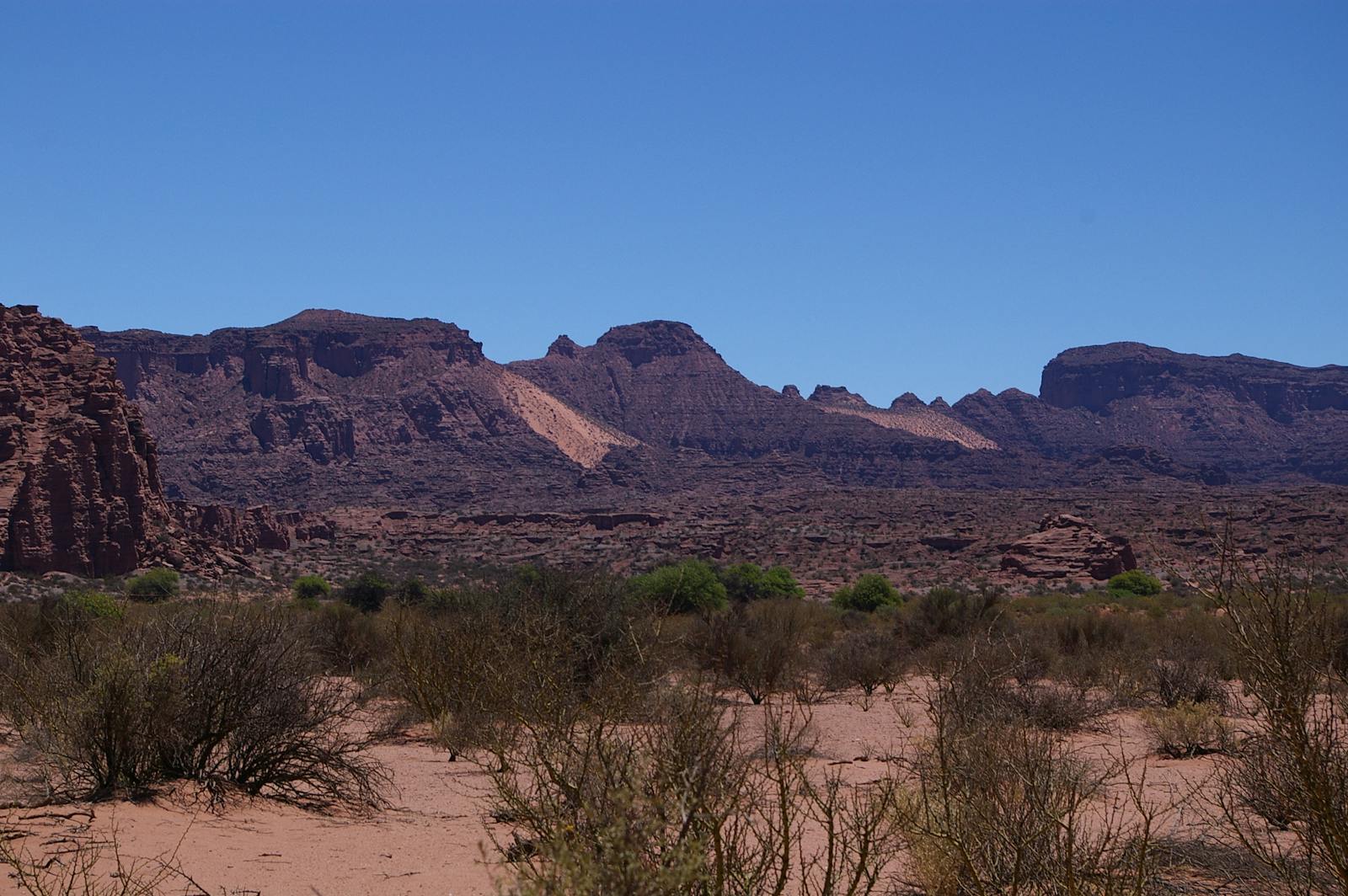Low Monte
The ecoregion’s land area is provided in units of 1,000 hectares. The conservation target is the Global Safety Net (GSN1) area for the given ecoregion. The protection level indicates the percentage of the GSN goal that is currently protected on a scale of 0-10. N/A means data is not available at this time.
Bioregion: Patagonia Steppe & Low Mountains (NT2)
Realm: Southern America
Ecoregion Size (1000 ha):
35,419
Ecoregion ID:
577
Conservation Target:
69%
Protection Level:
1
States: Argentina
The endangered southern river otter is endemic to the “southern cone” of South America, where it lives among the river systems spanning the Low Monte ecoregion. Females can be seen with up to two kits, heads bobbing along in the water or nestled up in the roots of a tree along the riverbank. Their dens can either be along the banks of in a fallen hallow log nearby. The southern otter species is unique in that it can thrive in both freshwater and coastal marine environments. This allows them access to a broad range of crustaceans, fish, and molluscs to feed on.
.jpg)
The flagship species of the Low Monte ecoregion is the southern river otter. Image credit: Creative Commons
The Low Monte is in north-central Argentina, extending along the eastern foothills of the Andes until reaching the Patagonian steppe, then extends eastwards to the Pacific Ocean. It is a warm scrub desert extending between the Puna, Patagonia, and Chaco ecoregions. The climate is temperate-arid with little rainfall ranging from 80–250 mm per year. The northern and central regions of the Monte receive rains in summer, but the South is colder and rainfall is distributed throughout the year.
The dominant vegetative formation of this ecoregion is scrublands and can be very open. These flat open areas are formed by resinous evergreen bushes dominated by representatives of the Zygophyllaceae family, such as species from the genera Larrea, Bulnesia, and Plectocarpa. After rains herb plants will appear, including moss-rose purslane, wild iris, lilies, and some grasses. Mesquite trees will form along rivers or areas with subterranean water. Overall the Larrea genus is the most characteristic of the ecoregion; Larrea cuneifolia colonizes the drier parts of the Monte, while L. divaricata can only grow as riparian species, and L. nitida grows in cold environments as well in the slopes of the Andes.
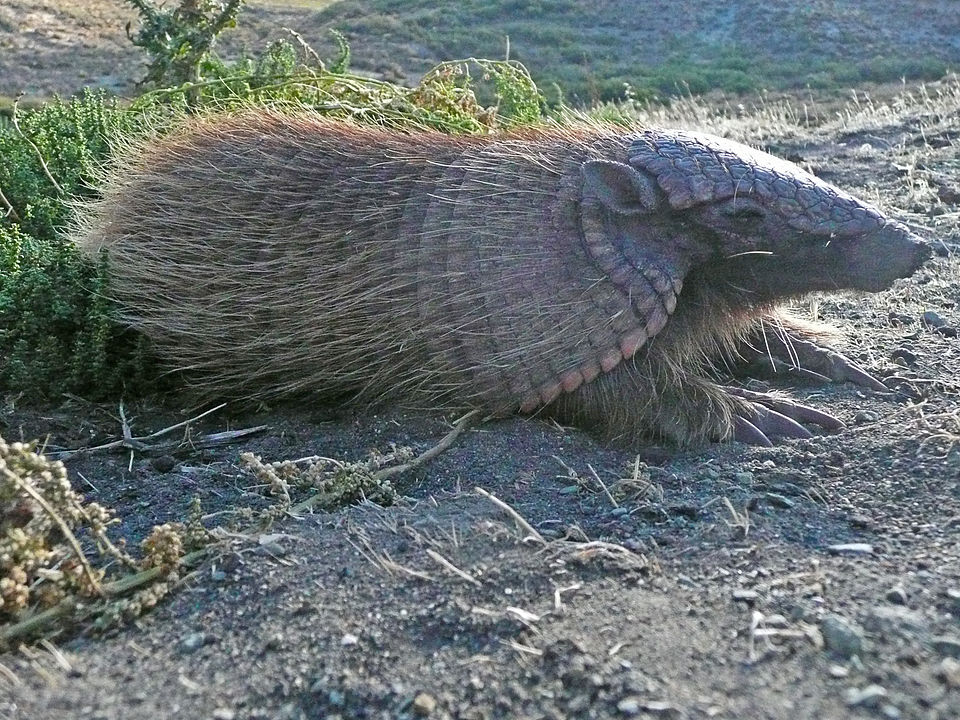
Screaming hairy armadillo. Image credit: Creative Commons
The most characteristic mammals of the ecoregion include screaming hairy armadillo, puma, Argentine gray fox, Patagonian weasel, and guanaco. Endemics include red viscacha rat and pink fairy armadillo. Two species of rodent, Salinomys delicatus and strong tuco-tuco are native to the ecoregion. There is insufficient data about their conservation status but it is suspected that they are both under threat.
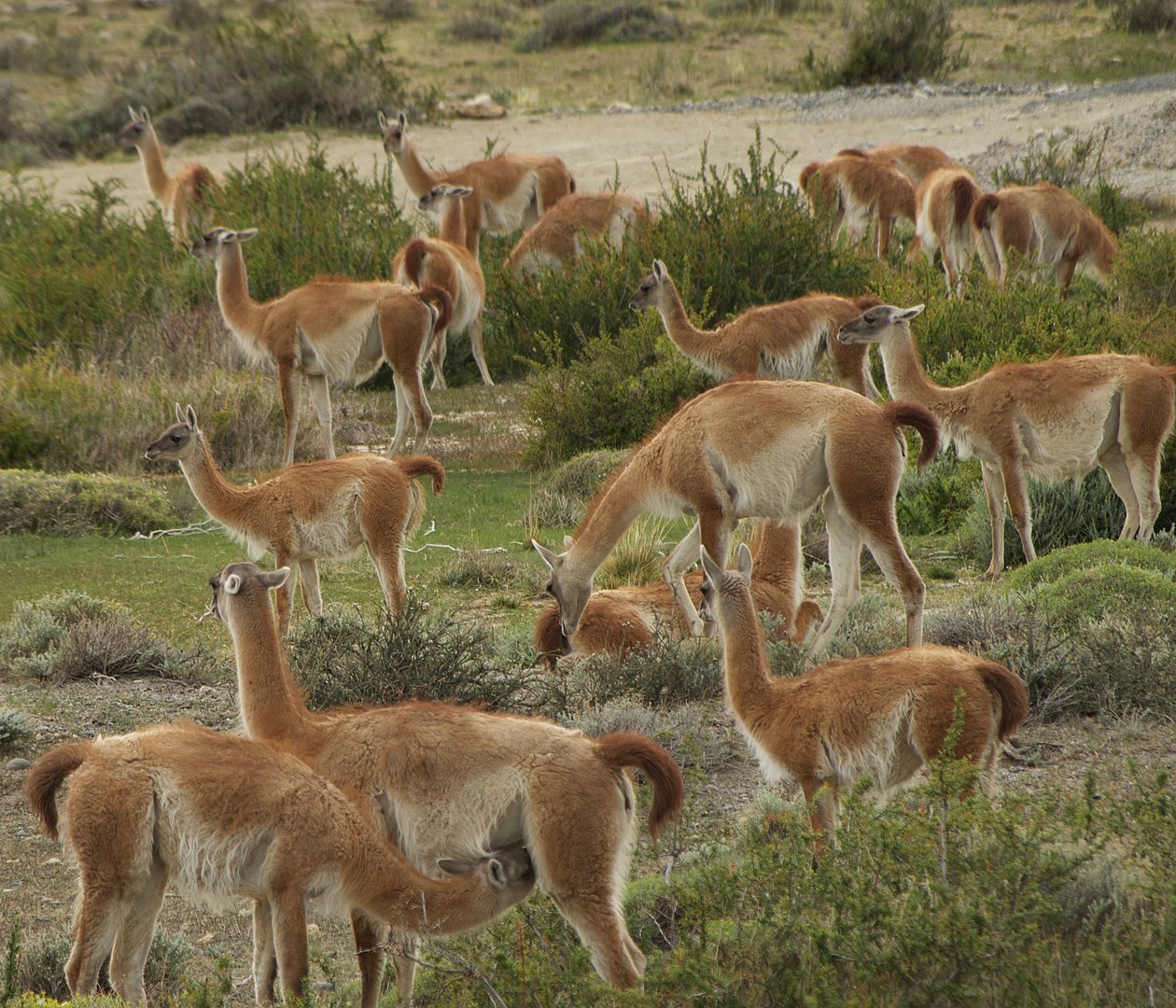
Herd of guanacos. Image credit: Wouter Potters, Creative Commons
Characteristic birds include elegant crested tinamou, burrowing parrot, Darwin's nothura, cinnamon warbling finch, peregrine falcon, and the endangered crowned solitary eagle. Reptiles found in Low Monte include ringed hognose snake, Argentine red tegu, and the vulnerable Chaco tortoise. A characteristic amphibian, the Mendoza’s four eyed frog, is also found here.
_(15774105148)Dominic%20Sherony%20cc.jpg)
Cinnamon warbling finch. Image credit: Dominic Sherony, Creative Commons
There are national and provincial protected areas placed within the central and southern parts of the ecoregion. They include Los Cardones National Park, Sierra de las Quijadas National Park, Talampaya National Park, Valle Fértil Provincial Reserve (partially within the ecoregion), San Guillermo Provincial Reserve, Ichigualasto Provincial Park, Telteca Provincial Reserve, Nacuñán Provincial and Biosphere Reserve, Laguna de Llancanelo Provincial Reserve, Divisadero Largo Provincial Reserve, Lihué Calel Provincial and National Park, La Humada Provincial Reserve, La Reforma Provincial Reserve, Salitral Levalle Provincial Reserve, Cinco Chañares Provincial Reserve, Complejo Islote Lobos Provincial Reserve, Caleta de los Loros Provincial Reserve, El Mangrullo Provincial Reserve, and Península de Valdés provincial Reserve. Nonetheless, even with this extensive list of protected areas, the northern parts of the Monte ecoregion are not protected, which cover large tracts of land need depended on by many species of animals to complete their life cycle.
.jpg)
Southern river otter. Image credits: Creative Commons
The Low Monte, as well as in the Chaco and Patagonia lowland, is experiencing serious habitat damage due to human activities, especially overgrazing by goats, sheep, and cattle; clear cutting for fuel; and land clearing for agriculture, mining, and oil exploration.
Deforestation and selective extraction of hardwood began at the late 19th and early 20th centuries and continue today. Human activities during the past 150 years have led to pronounced desertification, disruption of habitats, and changes in the biodiversity and geographic ranges of many species.
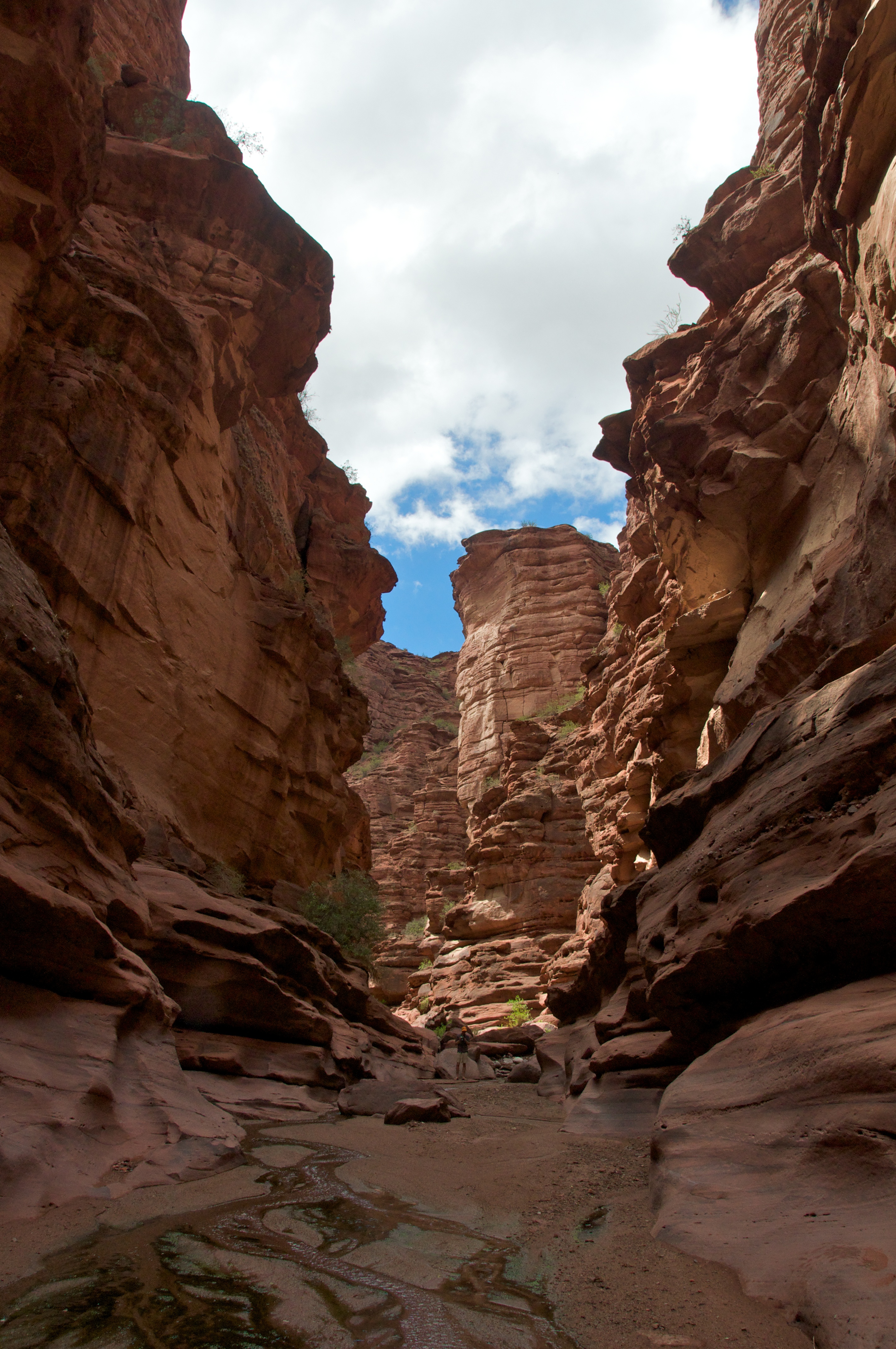
Talampaya National Park. Image credits: Alex Kerney, Creative Commons
The priority conservation actions for the next decade will be to: 1) encourage natural resource-based management in agricultural and grazing; 2) design a sustainable forest extraction program; and 3) establish protected areas in the northern parts of the ecoregion.
Citations
1. Dellafiore, C. 2018. Southern South America: Southern Argentina, stretching northward https://www.worldwildlife.org/ecoregions/nt0802 Accessed October 3, 2018.
2. Cabrera, A.L. and A. Willink. 1980. Biogeografía de América Latina. O.E.A. Serie Monográfica Nº 4. Washington D.C.
3. Ojeda, R.A., C.M. Campos, J.M. Gonnet, C.E. Borghi, and V.G. Roig. 1998. The MaB Reserve of Ñacuñán, Argentina: its role in understanding the Monte Desert Biome. Journal of Arid Environments 39:299-313.
4. Sepúlveda, M.A., Valenzuela, A.E.J., Pozzi, C., Medina-Vogel, G. & Chehébar, C. 2015. Lontra provocax. The IUCN Red List of Threatened Species 2015: e.T12305A21938042. http://dx.doi.org/10.2305/IUCN.UK.2015-2.RLTS.T12305A21938042.en. Accessed October 3, 2018.
